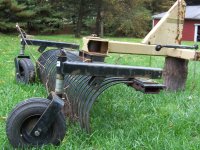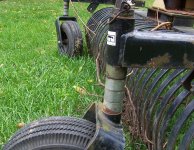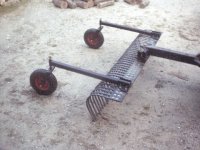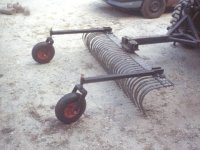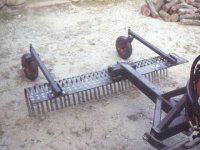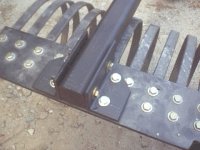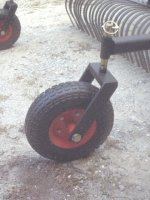Matthew_H
New member
I am trying to put together the parts I need to build guage wheels for my rear blade. I am going to use the blade to clear snow from my gravel driveway and I would like the gravel to remain on the driveway. I also want to use the blade for grading dirt.
My question is, What effect does the distance between the blade and the wheel have on overall performance? If the wheel is say, 3 feet behind the blade does it make a smoother grade or can the wheel, or perhaps skid shoes, be mounted directly off the back of the blade and still achieve a smooth grade?
I have a John Deere 3203 with a Frontier RB2072 blade. I do not have a welder but I can get some welding done offsite. I am starting to lean towards the skid shoes, because it is an existing solution and no welding, but I want the grade to be smooth more than anything, so if I have to have welding done I will. So back to the original question, if the guage wheel is further away does it do a better job?
Thanks,
Matt
My question is, What effect does the distance between the blade and the wheel have on overall performance? If the wheel is say, 3 feet behind the blade does it make a smoother grade or can the wheel, or perhaps skid shoes, be mounted directly off the back of the blade and still achieve a smooth grade?
I have a John Deere 3203 with a Frontier RB2072 blade. I do not have a welder but I can get some welding done offsite. I am starting to lean towards the skid shoes, because it is an existing solution and no welding, but I want the grade to be smooth more than anything, so if I have to have welding done I will. So back to the original question, if the guage wheel is further away does it do a better job?
Thanks,
Matt

